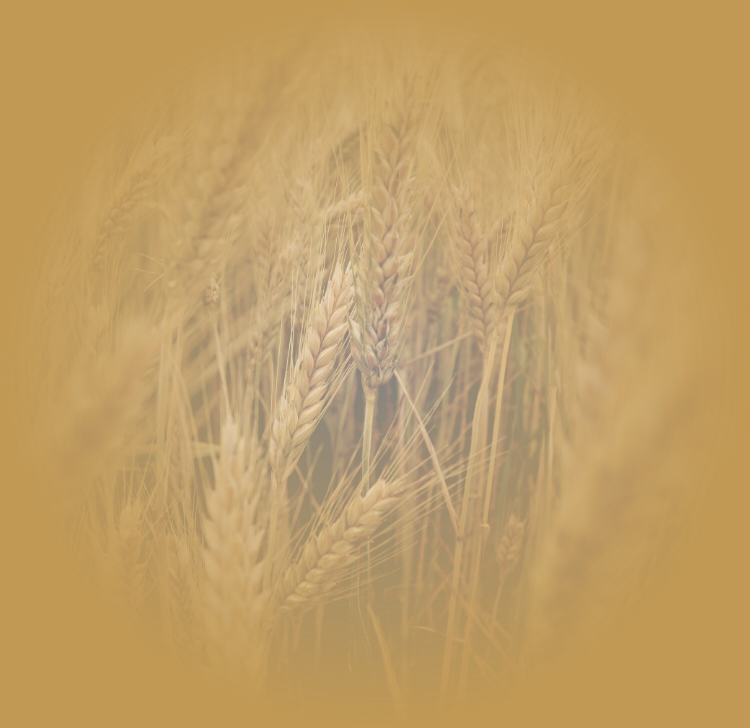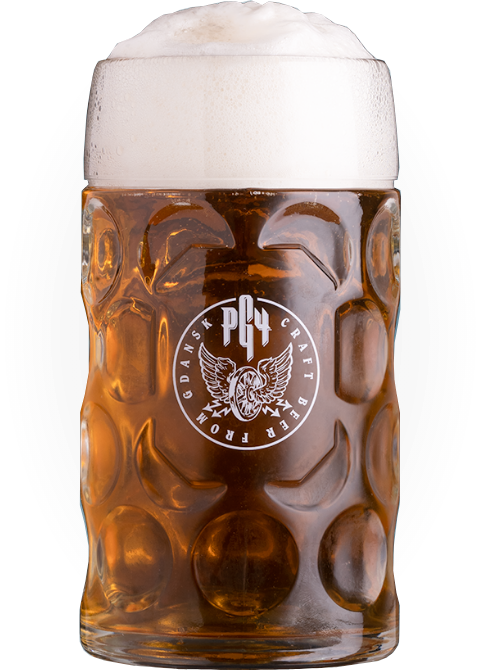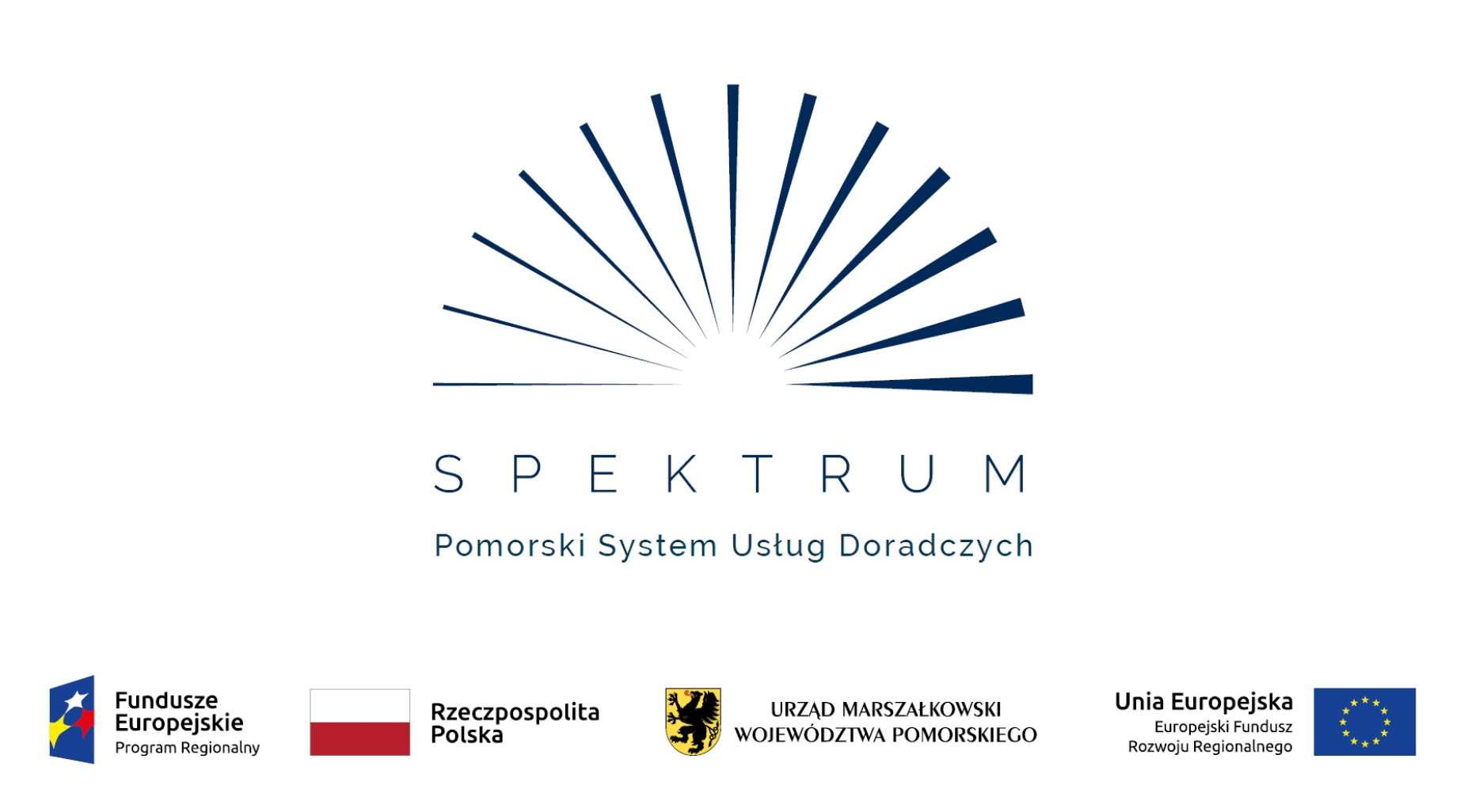
Education
The oldest and most frequently consumed alcoholic beverage and the third most popular beverage in the world after water and tea.
In general, beer is a beverage containing alcohol and carbon dioxide obtained from the alcoholic fermentation of malt with the addition of water and hops catalysed by selected strains of yeast.

Barley malt
Malt – germinated and dried cereal grains. To produce malt barley grain is usually used. In brewing industry, there are also so-called wheat, Pilsen, Munich (for the production of dark beers), light and dark caramel, colouring, acidifying, steamed, roasted, smoked and green malts.
Water
Apart from barley malt, water is the main raw material used in the production of beer. It is used mainly in the mashing process, and in the finished beer it takes up approximately 90% of the volume.
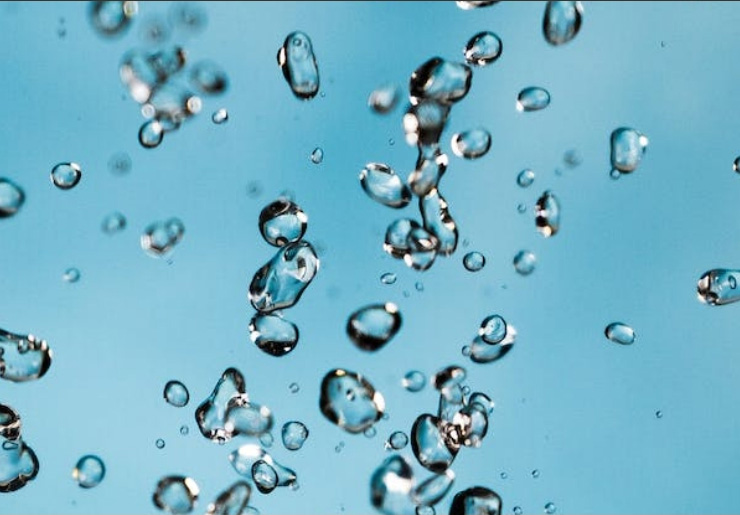

Hops
Hops are a climbing plant of the cannabis family. Only hops from female fruit plantations, known as cones, which should be green in colour, are used in the brewing industry. After picking, the hop cones are dried and then pressed. Hops in the brewing industry come mainly in the form of granules, extracts or powders. For beer, the most important ingredient of hops is alpha-acids, which dissolve in the wort during cooking, giving
it a bitter taste.
Brewing yeast
The yeast is added to the beer wort to induce alcoholic fermentation. Thanks to an enzyme called smoke, they break down the glucose, fructose, sucrose and maltose present in the wort into ethyl alcohol and carbon dioxide. Brewing yeast is divided into top- and bottom-fermentating yeast, depending on whether the fermented yeast is collected at the top or bottom of the fermenter.
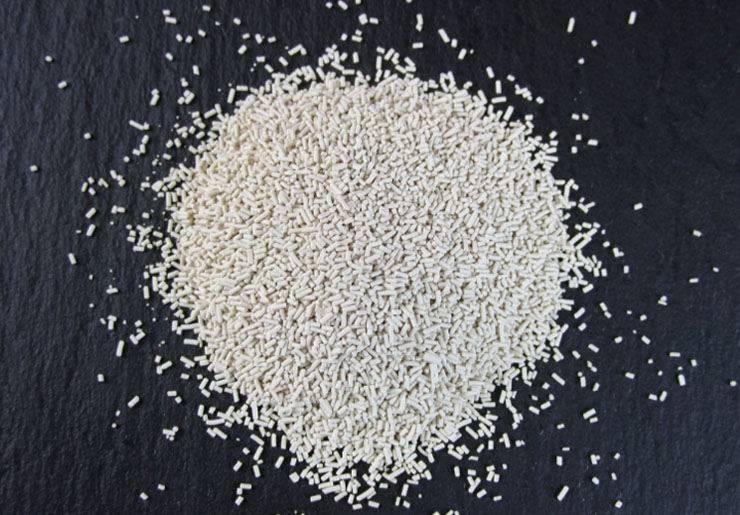
Bottom-fermenting yeast
Are used to perform bottom-fermentation of the beer wort and obtain lager beers. The characteristic feature of this yeast is its ability to ferment at a temperature of 5-10°C and to settle at the bottom of the fermenter at the end of the process, which results in longer beer maturation, longer shelf life, as well as greater release of
carbon dioxide than in top-fermented beers, thus offering a more refreshing taste.
Top-fermenting yeast
Ferment at higher temperatures (15-25°C) and collect on the surface of the wort during the stormy
fermentation. Top-fermenting yeast produces highly fermented beer with less clarity than bottom-fermenting one. It also has a more intense aroma and a higher content of fermentation by-products, in particular higher alcohols and esters.
Beer production
In general terms, beer is a drink containing alcohol and carbon dioxide obtained as a result of alcoholic fermentation of malt with the addition of water and hops using selected yeast strains.

The entire brewing (production) process begins with the crushing (grinding) of the malt in a mill or crusher.
The ground malt is called malt middlings, which are then poured into a mashed vat, flooded with water and heated. The stirrers in the vat mash the malt, which makes enzymatic compounds of malt get into the water and proteins and starch are broken down. Mashing results in a mash, which is filtered in the filter tank. The clarified mash is called the front wort, which is pumped into a brewing boiler, where hops are added (approximately 200 g per 100 l) and proper cooking or so-called brewing takes place.
Fermentation is the most important stage in beer production. After cooking, we cool the beer to the temperature of the yeast. Basically, we can pitch the yeast at any temperature that does not kill it (below 30⁰), but we will obtain the best results if we cool the wort to fermentation temperature and even 1-2 degrees lower before adding the yeast. After the fermentation is finished, we give the beer some time for clarification, sometimes in a separate tank and at a slightly lower temperature, and then beer should be ready for bottling. In total, it takes 2-5 weeks.
